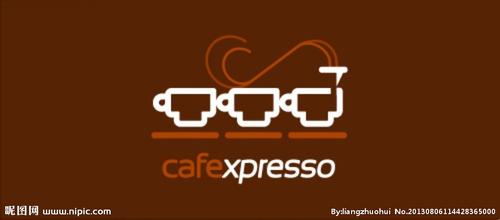A brief introduction to the taste characteristics of the quenching temperature and flavor description of Yejiaxuefei coffee beans
A brief introduction to the taste characteristics of the quenching temperature and flavor description of Yejiaxuefei coffee beans
Yejassefi's coffee trees were planted by European monks (a bit like Belgian monks growing wheat to brew beer) and were later transferred to farmers or cooperatives. Yejia Chuefei is actually constructed by surrounding coffee communities or cooperatives, including Edido Idido, Hafusa Harfusa, Hama Hama and Biloya near Fog Valley Misty valley, all washed with water, but there are also a small number of off-product beans engraved with sun to enhance the charming fruit aroma and mellow thickness. These mountain villages are foggy, like spring all year round, with a gentle breeze in summer, cool but not hot, rain but not damp, and no cold damage in winter, giving birth to a unique regional flavor of citrus and flowers. Coffee trees are mostly planted in farmers' own backyard or mixed with other crops in the field, the yield per household is not much, it is a typical rural coffee. Yega Xuefei won the prize beans almost from the above-mentioned coffee villages and communities.
Yega Xuefei is a small town, 700-2100 meters above sea level, synonymous with Ethiopian boutique coffee. It has been a wetland since ancient times. The ancient saying "Yirga" means "settle down" and "Cheffe" means "wetland". The mode of production and flavor of coffee here are so outstanding that Ethiopian coffee farmers compete to take pride in the flavor of their coffee, making it the most famous coffee producing area in Africa.
In 1972, Ethiopia introduced water washing technology from Central and South America to improve its quality, which made its jasmine and citrus fragrance clearer and more refined, and became one of the best beans in the world. Superb washing technology played an important role. After the 1970s, it was basically washed. However, in the past two years, Yega Snow has been out of order. Frequently launch amazing sun beans! There is a strict standard for collecting red fruits (as a result of coffee trees).

Important Notice :
前街咖啡 FrontStreet Coffee has moved to new addredd:
FrontStreet Coffee Address: 315,Donghua East Road,GuangZhou
Tel:020 38364473
- Prev

Description of flavor and taste characteristics of roasted coffee beans: light baking or deep roasting?
Roasted coffee beans light roasted or deep roasted good flavor description has been introduced CUPPING10-10-11 appliances: HarioV60 hand drip moderate grinding (fine) because of the shallow roasting hope to grind a little bit to reduce acidity. Water temperature: 80 degrees Celsius wet fragrance is so obvious
- Next

Characteristic flavor description and taste of emerald Mantenin coffee beans in Lake Tawa, Sumatra
Flavor description of Emerald Mantenin Coffee beans from Lake Tawa Lake Sumatra Lake Tawa is located in the Gayo mountains north of Aceh province in Sumatra. The humid tropical rain forest climate is rich in rainfall and fertile volcanic soil. The cultivation of coffee had a unique advantage, but it was not planted until 1924 because of its remote location and inconvenient transportation. Habitually
Related
- Detailed explanation of Jadeite planting Land in Panamanian Jadeite Manor introduction to the grading system of Jadeite competitive bidding, Red bid, Green bid and Rose Summer
- Story of Coffee planting in Brenka region of Costa Rica Stonehenge Manor anaerobic heavy honey treatment of flavor mouth
- What's on the barrel of Blue Mountain Coffee beans?
- Can American coffee also pull flowers? How to use hot American style to pull out a good-looking pattern?
- Can you make a cold extract with coffee beans? What is the right proportion for cold-extracted coffee formula?
- Indonesian PWN Gold Mandrine Coffee Origin Features Flavor How to Chong? Mandolin coffee is American.
- A brief introduction to the flavor characteristics of Brazilian yellow bourbon coffee beans
- What is the effect of different water quality on the flavor of cold-extracted coffee? What kind of water is best for brewing coffee?
- Why do you think of Rose Summer whenever you mention Panamanian coffee?
- Introduction to the characteristics of authentic blue mountain coffee bean producing areas? What is the CIB Coffee Authority in Jamaica?

